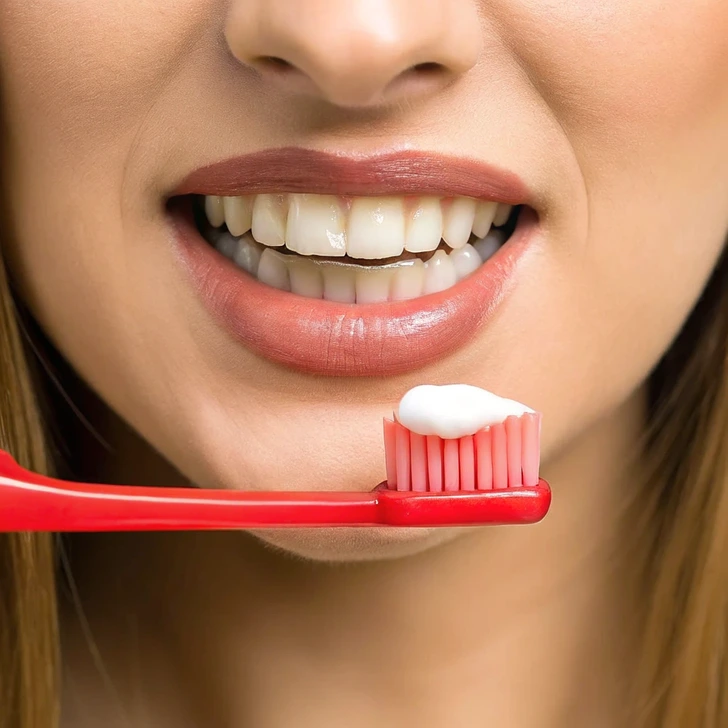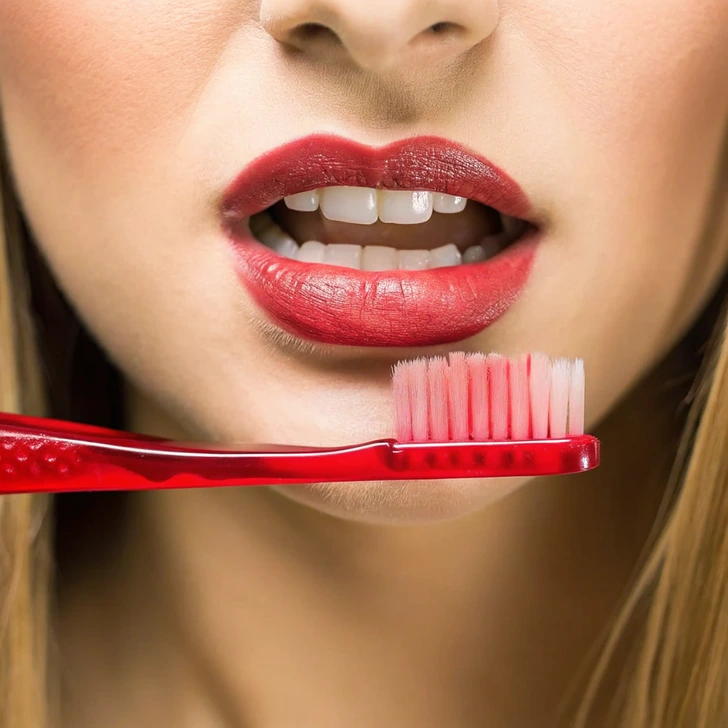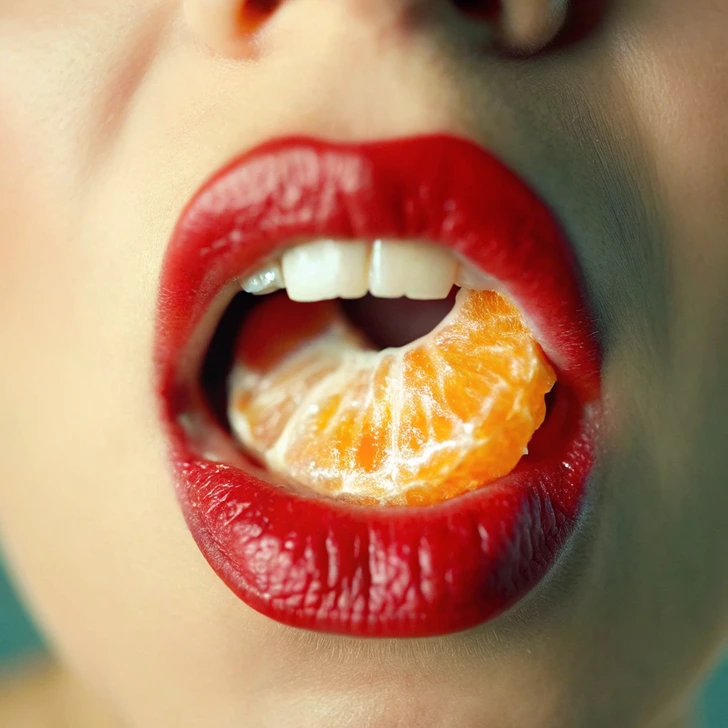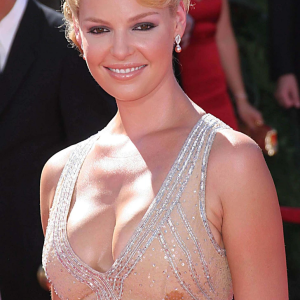Keeping your teeth clean and white might seem straightforward, but even the most diligent brushers can make simple mistakes that actually lead to stains and enamel damage. You may think your brushing routine is spotless, but some common habits could be doing more harm than good. The good news? These mistakes are easy to fix once you know what to look out for.
Why Brushing Correctly Matters

Most people assume that as long as they brush their teeth regularly, they’re keeping their smiles bright and healthy. However, it’s not just about brushing—it’s about brushing the right way. According to Dr. Ferakh Hamid from Aesthetique Dental Care, many people unknowingly make small mistakes that lead to stubborn stains and discoloration.
You might be following your routine religiously, but if you’re skipping a crucial step or brushing at the wrong time, you could be setting yourself up for yellowed teeth. Fortunately, with a few adjustments, you can enhance your oral hygiene and maintain a radiant smile.
Video:
Dentist Reveals How YOU Are Brushing WRONG!
Mistake #1: Not Wetting Your Toothbrush
One of the most common brushing errors is skipping a simple step: wetting your toothbrush before brushing. You might have heard that brushing with a dry toothbrush can help remove stains more effectively, but that’s actually a myth. Using a dry brush can be too harsh on your enamel, potentially leading to damage rather than a brighter smile.
Dry bristles are abrasive, and without a bit of water, toothpaste won’t spread as smoothly across your teeth. This not only reduces the effectiveness of your brushing but also increases the risk of wearing down your enamel. Over time, this can result in increased tooth sensitivity and even more staining.
Expert Insight: Why Wetting Matters
Dr. Ferakh Hamid explains, “Before you start brushing, it’s a good idea to wet your toothbrush. This little step makes it easier to spread the toothpaste all over your teeth, making cleaning more effective.” By wetting your brush, you soften the bristles, making them gentler on your enamel while also ensuring your toothpaste forms a proper lather.

How to Fix This Mistake
The fix is simple—just run your toothbrush under the tap for a second before applying toothpaste. This small action makes a big difference, helping you clean your teeth more effectively without risking damage. Plus, it makes brushing feel more comfortable and less abrasive.
Mistake #2: Brushing Too Soon After Eating or Drinking Acidic Foods
The second mistake people often make is brushing their teeth right after consuming acidic foods or drinks. You might think that cleaning your teeth immediately after having orange juice, soda, or other acidic items will prevent stains. However, this well-meaning habit can actually harm your teeth.
Acidic foods and beverages temporarily soften your enamel, making it more vulnerable to damage. Brushing right after consumption can wear down the enamel, leading to increased sensitivity and a dull, yellowish appearance over time.
Why Timing Matters

Dr. Hamid warns, “After eating or drinking something acidic, your enamel is softened. If you brush right away, you risk wearing down that protective layer. It’s better to wait before brushing to allow your enamel to remineralize.”
The Best Approach After Acidic Foods
Instead of brushing immediately, it’s better to wait at least an hour to allow your enamel to harden again. In the meantime, you can rinse your mouth with plain water to help neutralize the acids or chew sugar-free gum to stimulate saliva production. Saliva naturally helps to balance pH levels and protect your teeth.
Video:
How Did He Brush Everyday And STILL Get Cavities?!
If you’re worried about freshening your breath after a meal, opt for a mouthwash that doesn’t contain alcohol, as alcohol-based mouthwashes can also dry out your mouth and potentially increase acidity.
Why These Small Changes Matter
Incorporating these simple adjustments into your brushing routine can have a significant impact on your oral health. Wetting your toothbrush before brushing ensures a more thorough clean without being too abrasive on your enamel. Meanwhile, giving your teeth time to recover after acidic foods protects your enamel from unnecessary wear and tear.
By making these changes, you’re not just keeping your teeth clean—you’re actively preserving their natural whiteness and reducing the risk of long-term damage. Good dental habits are about consistency and care, not just frequency.
Additional Tips for a Healthier Smile

Besides correcting these common mistakes, there are other habits you can adopt to keep your teeth looking their best:
- Brush Gently: Applying too much pressure can erode enamel. Use a soft-bristled brush and gentle, circular motions.
- Use the Right Toothpaste: Whitening toothpaste can help remove surface stains, but choose one that is gentle on enamel.
- Replace Your Toothbrush Regularly: A worn-out brush is less effective. Swap it out every three to four months or sooner if the bristles fray.
- Don’t Skip Flossing: Flossing removes food particles and plaque from areas your toothbrush can’t reach.
- Visit Your Dentist Regularly: Professional cleanings help remove stubborn plaque and tartar, keeping your teeth healthier and brighter.
The Takeaway: Brush Smarter, Not Harder

Brushing your teeth is an essential part of your daily routine, but doing it incorrectly can lead to unintended consequences. By taking the simple step of wetting your toothbrush and waiting to brush after acidic meals, you can protect your enamel and maintain a brighter smile.
Remember, a healthy smile isn’t just about brushing twice a day—it’s about brushing the right way. Small adjustments in your routine can make a big difference in keeping your teeth looking great and staying healthy. Don’t let common mistakes sabotage your efforts—brush smarter to protect your teeth for the long term.


